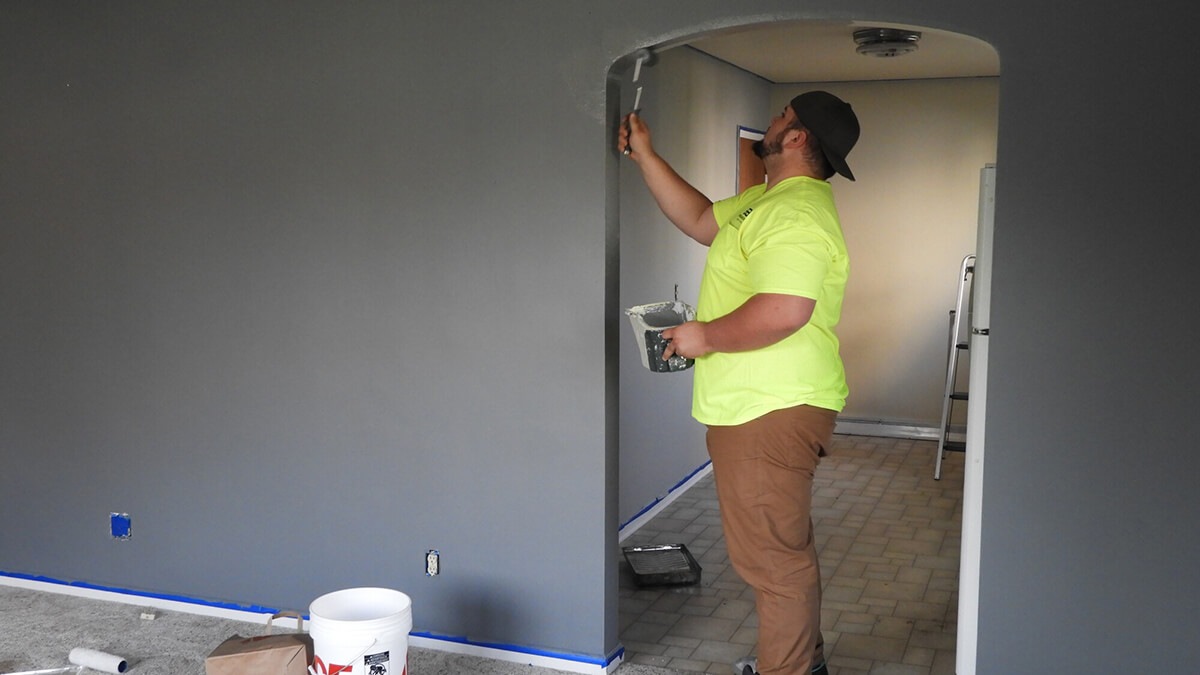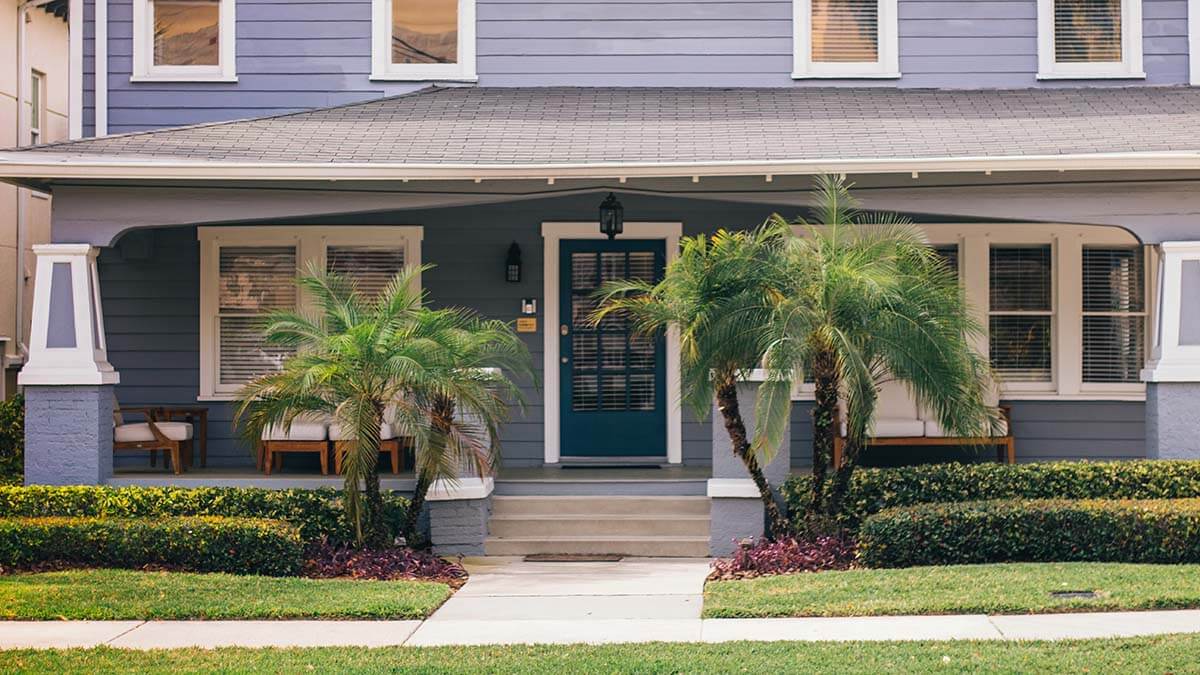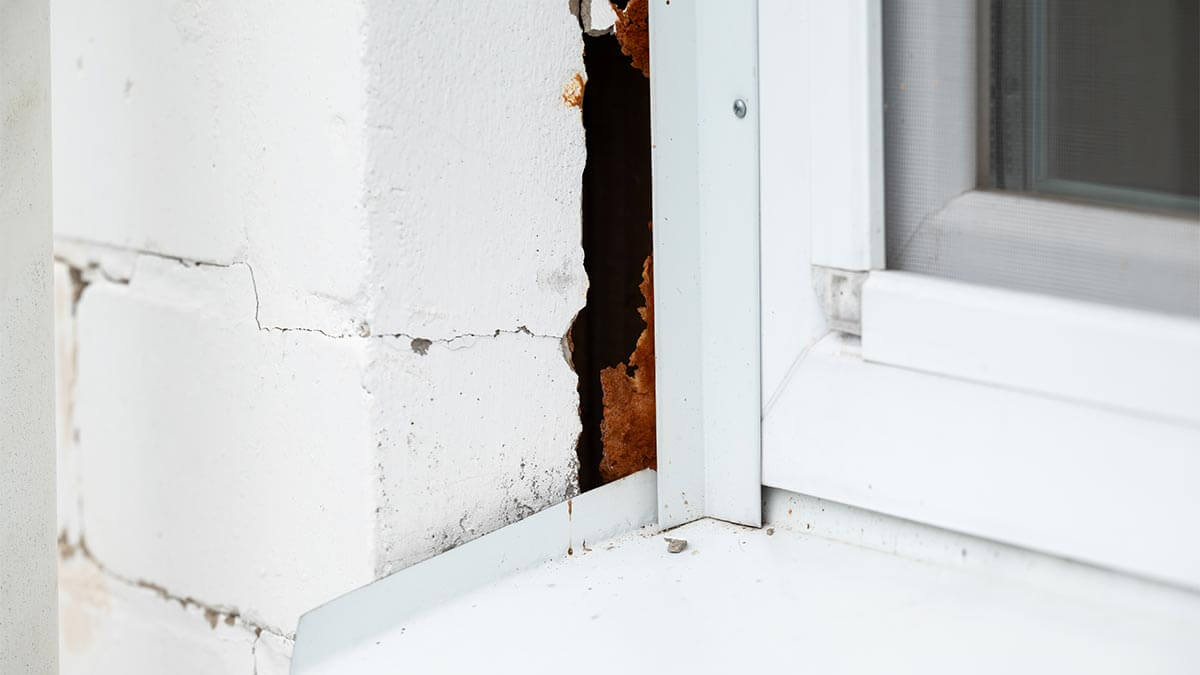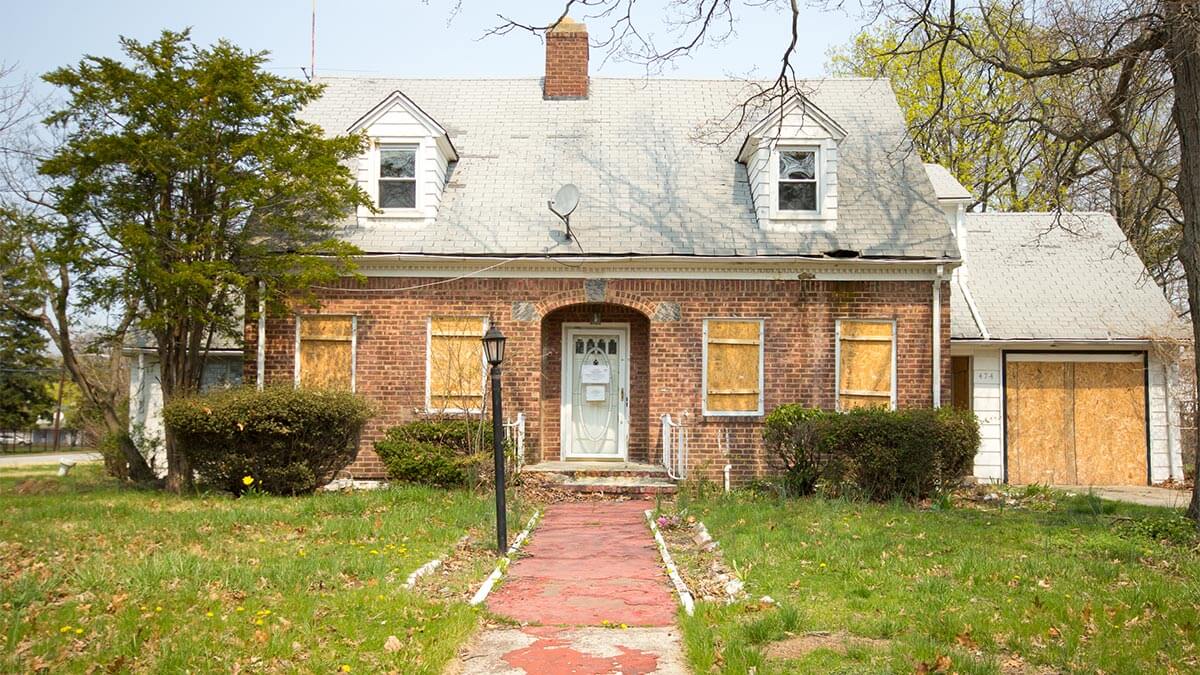The average homebuyer makes an offer and closes on a house within 45 days. In this hot housing market, it might also be surprising that houses on average are listed for 56 days before selling.
While neither of those numbers is long, there is also the time prior to the house being listed. The time when the current homeowner must decide what to fix up when selling a house. Will it be necessary or even worth it to invest in repairs and polishing before listing the house on the market? Is it simpler to sell the house as-is?
Homeowners must question how long it might take to do all kinds of fixing up versus how quickly it can sell if you get it on the market. They also need to consider how much they might need to lower the price of the house without repairs and weigh that against the cost for repairs.
Knowing your house might look better to prospective buyers, are you wondering what projects to tackle before listing it on the market? Check out our infographic and read on to learn more.
Compare Cash Offers from Top Home Buyers. Delivered by Your Local iBuyer Certified Specialist.
One Expert, Multiple Offers, No Obligation.
What to fix when selling a house
The trick when looking at what to fix is to decide what to fix that won’t break the bank and eat into your profits. Look around your home and do small fixes that make the house look worn or beat up first.
Let’s take a closer look at some of those possible small fixes you should address.
1. Pet damage
If you have pets, you probably also have signs that they live in the house too. You want to erase those signs.
This might be the molding around the door frame your dog chewed when he was a sweet puppy. This might be the scratches around the door frame your dog has dug overtime when he jumps to bark at passersby.
Perhaps it’s something as simple as the built-up cat hair that has collected in those hard-to-reach spots.
Cleaning up these little damages will make a difference in the presentation of your home.
2. Screens
This may or may not also be connected to pets or children or simply wear over time. If you have any screens with small holes or tears, you should repair them.
You don’t want a potential buyer to look at a torn screen and automatically think about the need for new windows. Fixing screens is a low-cost repair and one you might even be able to DIY with a small kit from the home improvement store.
3. Grout
Grout is one area of your home that over time really shows wear. It can yellow or even crack. Again, you don’t want prospective buyers thinking they need to replace a whole floor or start to consider the cost of a bathroom remodel.
Remove old grout and putting in new can make quite a difference, giving the tile a real facelift. This is a simple repair too.
Take out the old grout and replace it with new grout. This is the time to choose a grout that’s very neutral too.
4. Water stains
Simply put, water stains don’t look good. They will make a buyer imagine all kinds of hidden problems that don’t exist and are costly.
If you had a plumbing problem, like a leaky toilet, that caused water damage you want to get it fixed and covered before listing the house.
It’s probably a matter of simply painting over the water spots. But there may be drywall damage too.
Having said this don’t just cover up the water damage to sell if the real problem that caused the damage has not been addressed.
5. Landscaping
You know the old saying, you never get a second chance to make a first impression. Your home’s landscaping acts as a first impression giver for the home itself.
You want to get the lawn mowed and maybe even consider a temporary fertilizer service to get it looking good. Trim the bushes and trees on the property to give a more manicured and cared for look.
Consider planting a few flowers or add some colorful pots to the front porch.
6. Flooring
Flooring is another spot where it might be worth investing in an update. Nobody likes to imagine living and walking around a home where the floors are dirty or beat up.
If you have carpet, consider whether a good professional cleaning will be enough or if you need to replace it.
Wood floors are a big selling point in a home. That is unless they are all beat up. If you have wood floors, consider having them refinished. This is one place where a nice wood floor is such a big selling point, it might be worth the cost to get them redone.
7. Paint
Paint is a relatively low-cost repair that can have a real impact on your ability to sell.
Consider paint colors, can you repaint and get a more neutral paint on the walls? Look for places where it looks beat up or dirty and it’s noticeable, those are the places to get a repaint job done.
8. Lighting
Good lighting makes everything look better. Make sure you have quality lighting in every space, so when a potential buyer comes through a room can be lit up and look inviting.
Lighting also helps to make small spaces seem less small.
Consider where to update lighting so it looks updated. One spot might be exterior lights.
Also, consider where you can add lighting to brighten a space. There are many options on the market now for lighting that don’t even require having an electrical cord run.
9. Outdoor spaces and fencing
Outdoor living spaces have become a huge feature in homes. Make sure any outdoor living spaces are cleaned up and looking refreshed.
Arrange any outdoor furniture in a way that the space looks open and inviting. Add a pot of flowers or two to the space.
If you have a fenced yard, this can be a real selling point. Unless your fencing is in disrepair. Get any broken or weak fence spots repaired so the area looks secure. People want to imagine their kids and pets being safe in the area.
10. Kitchen
A kitchen is one of the first areas potential buyers will look at. It probably isn’t worth doing a whole kitchen remodel. You aren’t likely to get the money back in return.
You do want to look over your kitchen carefully though. Make sure cabinets are very clean. Consider if changing knobs on cabinets might give an updated look.
Remove any clutter so it appears there is ample counter space. If you have a tile backsplash, make sure it’s clean and the grout doesn’t need repair work.
11. Bathroom
Bathroom remodels, like kitchens, are costly. They are also one space that homebuyers consider closely. Make sure the bathroom is well organized so it looks like there is good storage in the space.
Make sure you have up-to-date lighting. Check to make sure the faucets don’t leak. If the faucets look dated, this is a low-cost fix that can update the look of a bathroom.
This is the space to do some serious cleaning. You don’t want a dirty toilet, shower, or bath. This will be a real turn-off to buyers.
Should I fix or sell?
As you consider each of these potential fixes, you have to weigh the cost. Is this a cost worth making in order to sell my house?
Factor the costs of selling your house against the value you get in return. If you’re thinking my house needs a lot of repairs, choose the ones that will have the most impact to make it look better. Don’t underestimate the value of good deep cleaning and decluttering either.
People will buy a house knowing they want to personalize it too. So, as you consider what to fix in the house before selling, also consider where a buyer might be willing to put their own money into the home.
You also have to consider how long these repairs getting done will keep your house off the market. Is it smart to attempt to sell as-is to not miss the best selling window of time?
Consider your options when it’s time to sell
What to fix up when selling a house and what to forgo is a bit of a calculation. You need to weigh the cost and the time of the repair against the value you get in return.
You can now quickly find out the value of your home using our home valuation tool and find potential buyers quickly too. Check out our iValuation tool so we can help you sell your house quickly.




